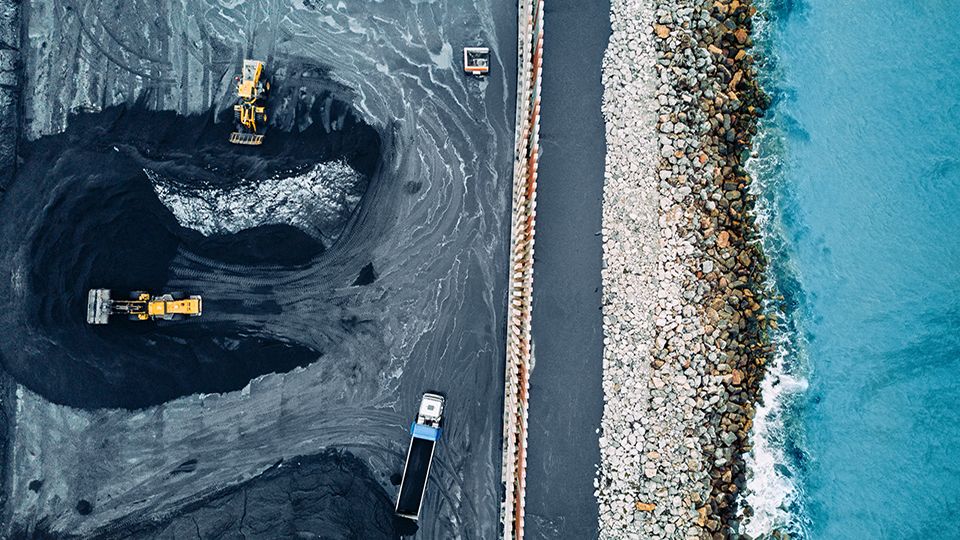Nearly three-quarters, or 73%, of oil and gas projects are near environmentally sensitive sites, a biodiversity data risk tool has found.
The RepRisk Geospatial Analytics dataset, which was launched this week by ESG data science firm RepRisk, looked at the proximity of more than 60,000 mining and oil and gas projects to more than 270,000 protected areas and 16,000+ key biodiversity areas.
Data from the new tool, an extension of the RepRisk ESG Risk Platform, also shows around 81%, or 8,400, of oil and gas pipelines worldwide are within 10km of at least one environmentally sensitive site.
Further, some 32% of natural and mixed UNESCO World Heritage sites were found to currently be within 1km of an oil and gas extraction project.
RepRisk also stated 52%, or 470 out of 900, of Alliance for Zero Extinction Sites – home to the last of some of the world’s most threatened species – are within 10km of an extractive project.
According to a statement from the group, the tool is intended to allow investors and others to assess the conduct of companies involved in extractive projects and understand how their operations interface with nature. Market actors should then be able to make meaningful decisions towards nature-related targets and compliance.
Alexandra Mihailescu Cichon, executive vice-president of sales and marketing at RepRisk, said the tool helps investors line up with Taskforce for Future Nature-related Financial Disclosures (TNFD) requirements.
“The TNFD has made it clear: geospatial data is essential for reporting on corporate biodiversity risk and moving toward a nature-positive economy,” Cichon said.
“RepRisk Geospatial Analytics not only brings clients in step with emerging frameworks like TNFD but empowers them with the most cutting-edge technology and the world’s most comprehensive ESG dataset.
“Nature doesn’t disclose anything, and ultimately biodiversity risk and financial risk are one and the same. It’s time for financial markets to integrate biodiversity risk considerations into their decision-making processes.”








